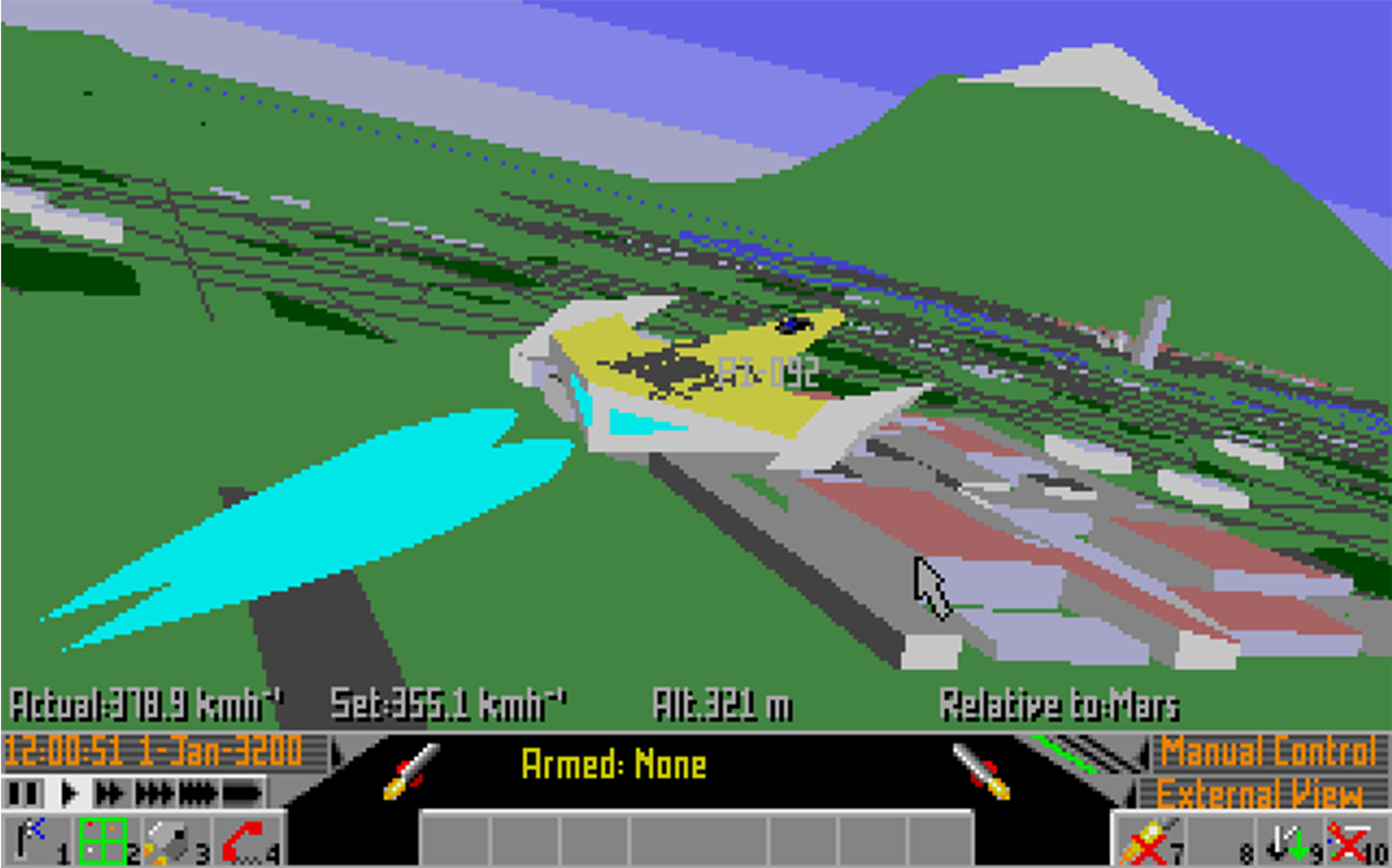In the exciting world of investing, there exists a group of individuals who possess a unique combination of skills, knowledge, and mindset that sets them apart from the rest. These individuals are known as elite traders.
With their ability to navigate the complexities of the financial markets, they have achieved remarkable success and garnered immense respect within the investing community.
Introduction to the Concept of an Elite Trader
An elite trader is someone who has mastered the art of trading through years of experience, continuous learning, and unwavering dedication. These individuals possess a deep understanding of market dynamics, technical analysis tools, and fundamental factors that influence asset prices.
They consistently generate profits in both bullish and bearish market conditions by adapting their strategies and staying informed about market trends. Elite traders combine technical analysis with an awareness of economic indicators and global events to make well-informed trading decisions.
Their success stems from their ability to manage emotions, maintain discipline, and adhere to risk management principles. Becoming an elite trader requires a combination of knowledge, experience, discipline, and adaptability.
Brief History of Trading and Its Evolution into a Profession
Trading has evolved from ancient bartering systems to today’s sophisticated financial markets. It has transformed into a respected profession that attracts millions worldwide. With advancements in technology and globalization, trading has become more accessible than ever before.
Anyone with an internet connection can participate in the financial markets from home. This ease of access has opened doors for aspiring traders to learn and develop their skills.
The rise of online platforms, educational resources, and automated trading systems have further revolutionized the industry, making it easier for individuals to enter the world of trading and potentially achieve success.
Explanation of what sets elite traders apart from the rest
Elite traders stand out not just for their ability to make profitable trades, but also for their mindset and approach towards trading. They understand that success requires continuous improvement, adaptability, discipline, and emotional control.
While many investors let emotions dictate their decisions, elite traders remain rational even in volatile markets. They separate emotions from trades and stick to well-defined strategies based on thorough analysis.
To become successful, it is crucial to develop the right mindset. Elite traders prioritize continuous learning, follow strict guidelines, and maintain emotional composure. These traits enable them to consistently outperform others in the market.
The importance of discipline and emotional control in trading
Discipline and emotional control are crucial for successful trading. Elite traders understand the significance of sticking to a well-defined plan and strategies, even during challenging times. They don’t let short-term market fluctuations or external influences sway their decision-making process.
By mastering emotional control, they can make objective choices based on data and analysis, avoiding the pitfalls of fear and greed that can cloud judgment. This ability to stay disciplined and emotionally detached sets elite traders apart and contributes to their long-term success in the dynamic world of trading.
Implementing Effective Risk Management Strategies for Successful Trading
Successful trading requires implementing effective risk management strategies. Elite traders understand the importance of preserving capital alongside generating profits. They employ techniques like setting stop-loss orders, diversifying portfolios, and managing position sizes effectively.
By using stop-loss orders, elite traders limit potential losses and prevent their entire account balance from being wiped out by one unsuccessful trade. Diversification helps spread risk across different assets or markets, minimizing the impact of any single investment’s performance.
Carefully managing position sizes ensures that no single position has an excessive impact on the overall portfolio.
Discipline and emotional control are also vital in risk management. Elite traders stick to their predetermined trading plans and rules, avoiding impulsive actions driven by fear or greed.
Implementing these strategies allows traders to navigate market turbulence while safeguarding their capital and increasing long-term profitability.
| Strategy | Description |
|---|---|
| Stop-loss orders | Predetermined price points to limit potential losses |
| Diversification | Spreading risk across different assets or markets |
| Position sizing | Managing trade sizes relative to the overall portfolio |
| Discipline and control | Adhering to trading plans and rules, avoiding emotional decision-making |
Cultivating a Long-Term Perspective and Avoiding Short-Term Thinking
Elite traders understand that investing is a marathon, not a sprint. They resist the temptation of short-term gains and instead focus on long-term trends. By cultivating a long-term perspective, they can navigate market fluctuations and capitalize on high-probability opportunities.
Mastering technical analysis plays a crucial role in their decision-making process, allowing them to make informed trades based on objective data rather than emotions or speculation. With discipline and patience, elite traders stay committed to their strategies through various market cycles, achieving consistent profitability in the long run.
Introduction to Technical Analysis as a Tool for Decision-Making in Trading
Technical analysis is a popular approach used by traders to make informed decisions in the dynamic world of trading. It involves studying historical price data to gain insights into future market behavior.
By identifying trends, support and resistance levels, and potential entry and exit points, traders can better understand market sentiment and navigate supply and demand dynamics. Through technical analysis, traders can make more informed decisions and increase their chances of success in trading.
Key Concepts in Technical Analysis
Support and resistance levels, trendlines, and indicators are fundamental components of technical analysis.
Support levels indicate a price level at which buying pressure exceeds selling pressure, preventing further downward movement. Resistance levels indicate a price level at which selling pressure outweighs buying pressure, preventing further upward movement.
Trendlines help traders visualize the direction of a market’s movement over time by connecting consecutive higher lows or lower highs to identify upward or downward trends.
Technical indicators such as moving averages, RSI (relative strength index), and stochastic oscillators provide additional insights into market conditions by analyzing past price data.
Incorporating these key concepts enhances traders’ understanding of market dynamics and improves their decision-making process based on historical price patterns and market sentiment.
[lyte id=’zVnt5RDxIIY’]







